30% Hydrogen Peroxide Crystallization
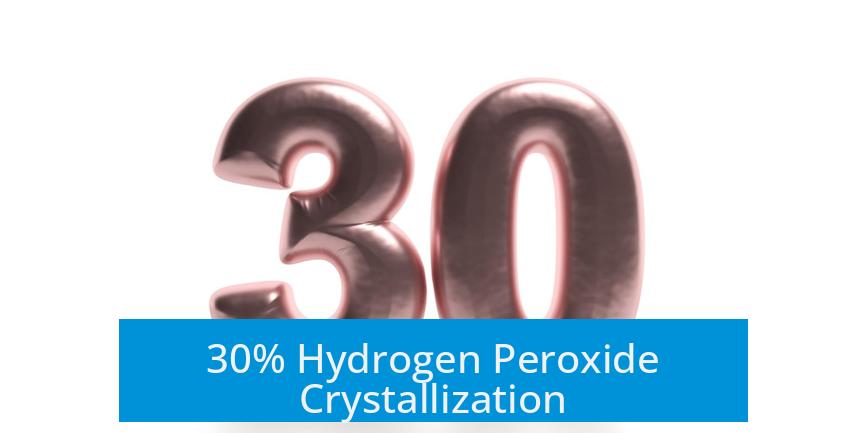
30% hydrogen peroxide does not crystallize under normal conditions. Instead, it remains a liquid solution. Any solid formations or crystals observed in hydrogen peroxide are typically contaminants or precipitates, not pure hydrogen peroxide crystals.
Why Hydrogen Peroxide Does Not Form Crystals
Hydrogen peroxide (H2O2) is a liquid at room temperature and does not easily solidify or crystallize. When stored correctly, it remains stable as a clear liquid. Crystallization would require cooling below its freezing point (-0.43°C), but typically hydrogen peroxide decomposes rather than crystallizes.
Even minor contamination with metal ions destabilizes 30% hydrogen peroxide. These metal impurities act as catalysts, accelerating its decomposition into water and oxygen gas instead of promoting crystal formation.
Common Misinterpretations: Bubbles vs Crystals
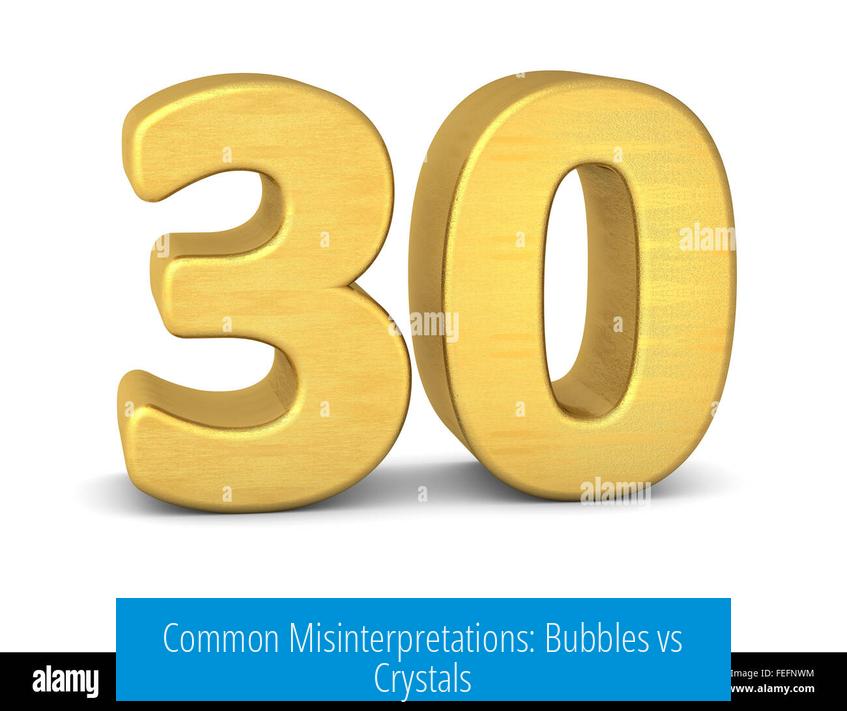
Gas bubbles forming inside the container may be mistaken for crystals but are different. These bubbles result from slow decomposition releasing oxygen or hydrogen gas. They do not represent solid peroxide crystals.
Physical Changes and Safety Concerns
- 30% hydrogen peroxide moderately decomposes over time, releasing oxygen gas and creating pressure build-up inside sealed containers.
- This gas accumulation can cause bubbles and swelling but does not indicate crystallization.
- Decomposition lowers the effective concentration and strength of the solution.
- Exposure to light and heat enhance decomposition rates.
At 30%, hydrogen peroxide is relatively safer than higher concentrations, commonly called “high test peroxide,” which are more reactive and hazardous.
Handling and Storage Recommendations
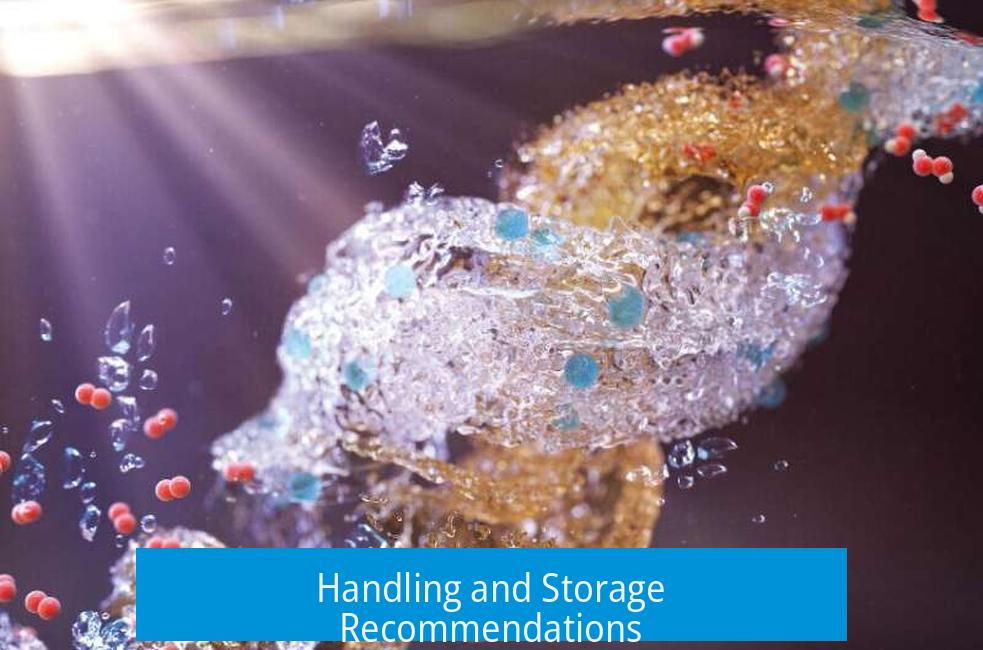
- Store in well-ventilated, cool, and dark places to minimize decomposition.
- Regularly relieve pressure by carefully loosening caps, ideally while wearing protective equipment like face shields.
- Keep away from metals to avoid catalytic decomposition.
Explosive Peroxides and Organic Solvents
Explosive peroxides typically form in organic solvents rather than aqueous hydrogen peroxide solutions. Peroxide crystals in organic solvents appear only after evaporation or aging and do not relate to typical 30% hydrogen peroxide solutions.
Old bottles of hydrogen peroxide should be tested with peroxide test strips before use to check for excessive decomposition.
Key Takeaways

- 30% hydrogen peroxide does not crystallize; any solids are impurities or unrelated precipitates.
- Gas bubbles inside containers are from decomposition, not crystal formation.
- Metal contamination accelerates decomposition and reduces stability.
- Handle and store with care to prevent pressure build-up and loss of strength.
- Explosive peroxides typically form in aged organic solvents, not in standard hydrogen peroxide solutions.
30% Hydrogen Peroxide Crystallization? Unveiling the Truth Behind the Myths
Hydrogen peroxide at 30% concentration does not crystallize under normal conditions. That’s the straight answer to calm any crystal-chasing chemists out there. Instead, what some people mistake for “crystals” are often bubbles from gas buildup or residues caused by contamination.
Let’s dig into why hydrogen peroxide behaves this way and what to watch for when storing or handling this fairly potent chemical.
Is Hydrogen Peroxide Really Crystallizing?
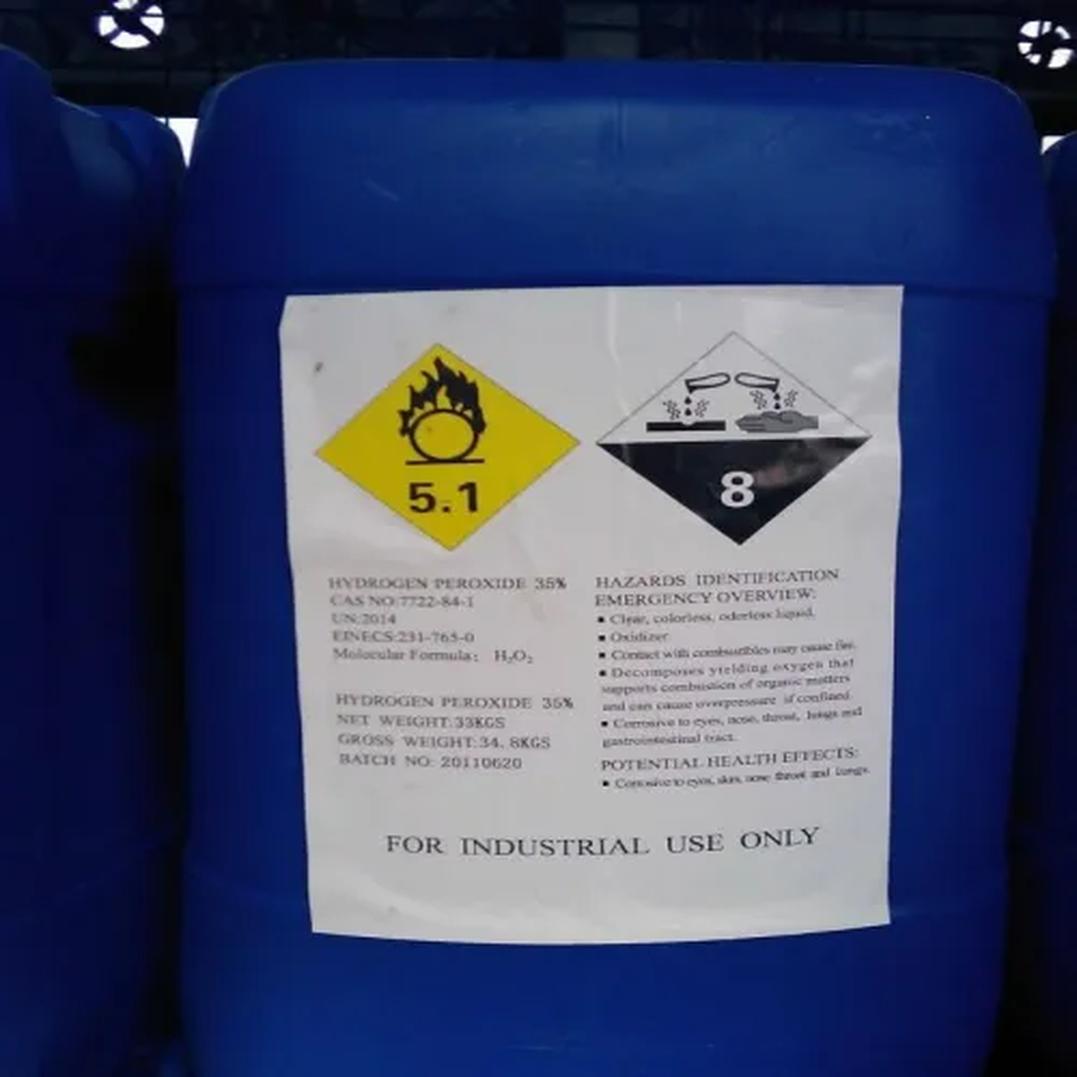
It’s a common misconception. Hydrogen peroxide (H2O2), even at 30%, remains a liquid and does not form crystals naturally.
The real culprit? Sometimes tiny impurities such as metal ions creep into the solution. These metals catalyze the breakdown of hydrogen peroxide, making it unstable and prone to decomposition. However, this process doesn’t create crystals — it triggers gas release, pressure buildup, and eventually can degrade the solution’s potency.
So, those “crystals” observed are likely mishandled residues or dried spots left behind after hydrogen peroxide decomposes. It’s important to note that hydrogen peroxide forms bubbles due to oxygen and hydrogen gas generation when breaking down. And these bubbles are absolutely not solid crystals, despite appearances.
Why Does This Matter? Safety First!
At 30%, hydrogen peroxide is considered relatively friendly compared to its “high test peroxide” cousins, which are much more hazardous. That said, it’s not a chemical to casually splash around.
Its decomposition produces oxygen gas, which increases pressure inside sealed containers. If you spot bubbles accumulating inside the bottle, it’s a warning sign. Letting pressure build up uncontrolled could lead to dangerous bursts.
Routine safety calls for relieving pressure occasionally. Here’s a quick safety tip: wear a face shield and ensure the path to an emergency shower is clear before carefully loosening the cap.
Why? Because if you let organic contaminants or solvents mix with 30% hydrogen peroxide, it could lead to the formation of explosive peroxides — a nasty surprise nobody wants.
When Organic Matter Invades the Party
Hydrogen peroxide by itself does not spontaneously form explosive peroxides. These risky compounds tend to form when organic solvents or substances enter the mixture. For example, solvents like ethers or certain hydrocarbons can lead to the formation of dangerous crystalline peroxides.
If you ever find crystals forming in your peroxide storage, it’s much more likely that contaminants are present. Such crystals aren’t hydrogen peroxide itself but peroxide compounds formed from the interaction with organics.
Old chemical bottles can be troublemakers. For safety, test old peroxide containers with test strips before use. This quick step can spot any unwanted peroxides lurking below the surface.
Understanding the Physical Changes Within 30% Hydrogen Peroxide
Decomposition is hydrogen peroxide’s natural destiny—especially when exposed to light, heat, or contaminants. Every time it breaks down, it loses strength, making your bottle less effective.
And it’s not just about losing punch. The oxygen gas released can distort containers, bubble visibly, or even lead to minor explosions if trapped in a confined volume.
Venting bottles safely is key. Loose caps to let excess oxygen out reduce the risk of pressure buildup. This is routine practice, not paranoia, especially in labs or industrial settings.
Why You Should Care About Crystallization and Peroxide Formation
When working with chemicals, spotting and correctly interpreting signs can save a life or your lab equipment. Hydrogen peroxide won’t crystallize simply due to concentration, but its interaction with contaminants might produce hazards that look like crystals.
This distinction matters. Imagine mistaking harmless bubbles for safe “crystals” — you might misjudge risks and ignore proper precautions.
Conversely, mistaking dangerous peroxide crystals for harmless precipitates could result in a dangerous explosion down the line during evaporation or heating.
Final Thoughts: The Real Deal on 30% Hydrogen Peroxide Crystallization
Here’s the bottom line: 30% hydrogen peroxide does not form crystals naturally. Instead, keep an eye out for bubbles and residues that signal decomposition or contamination. They are your clues that the solution is losing strength or growing unsafe.
Remember to store peroxide in a cool, dark place. Use containers free from metal ions and organic contaminants to maximize shelf-life and minimize hazards.
And if you notice unexpected solids or crystals, don’t touch or use the chemical—test it for peroxides or dispose of it safely.
Looking for detailed information on solvents that form explosive peroxides? Sigma-Aldrich offers a detailed list and article on peroxide formation in organic solvents. Knowing your chemistry is half the battle.
Engage Your Curiosity
Ever handled 30% hydrogen peroxide and thought you saw crystals? What happened next? Sharing your story might help others avoid common mistakes and stay safe.
Got questions about storing or safely disposing of hydrogen peroxide? Drop a comment. Chemistry doesn’t have to be scary, just smart!



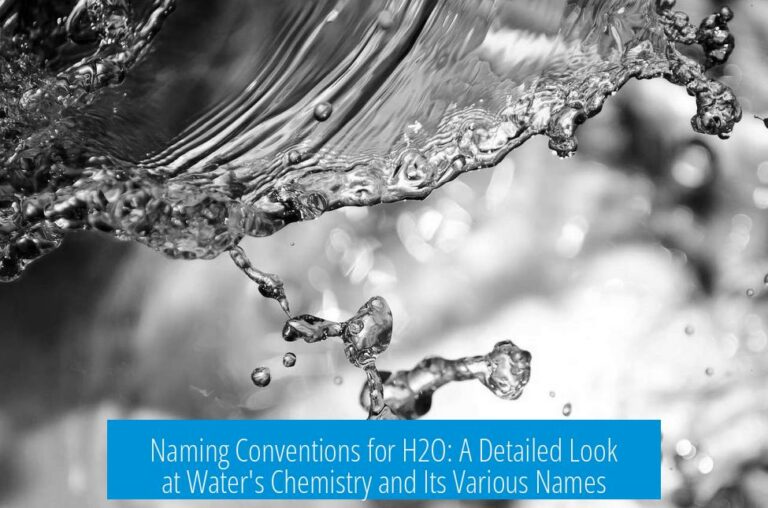
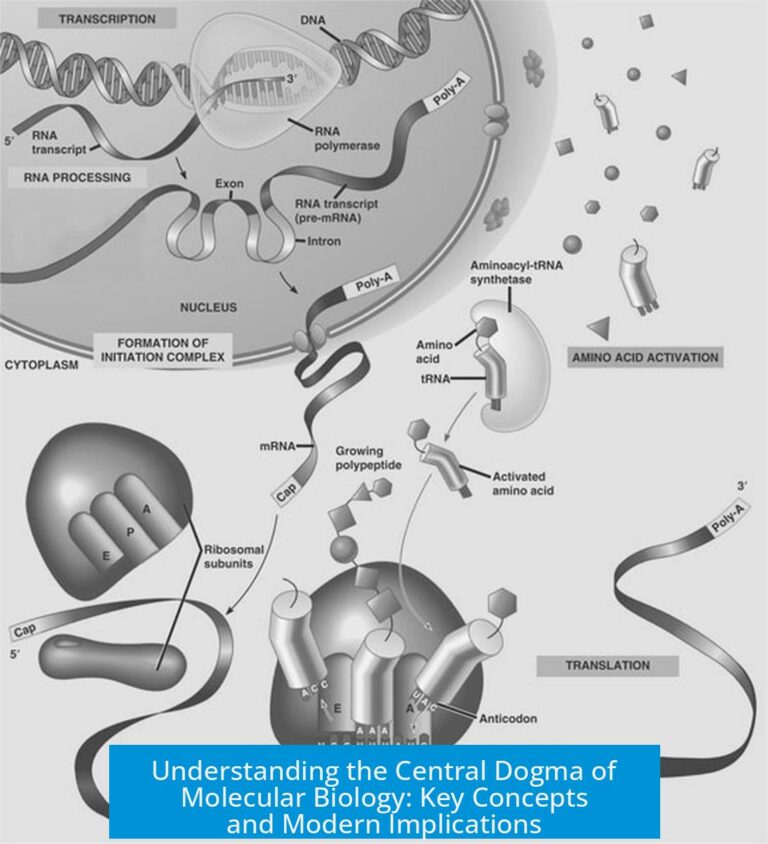
Leave a Comment